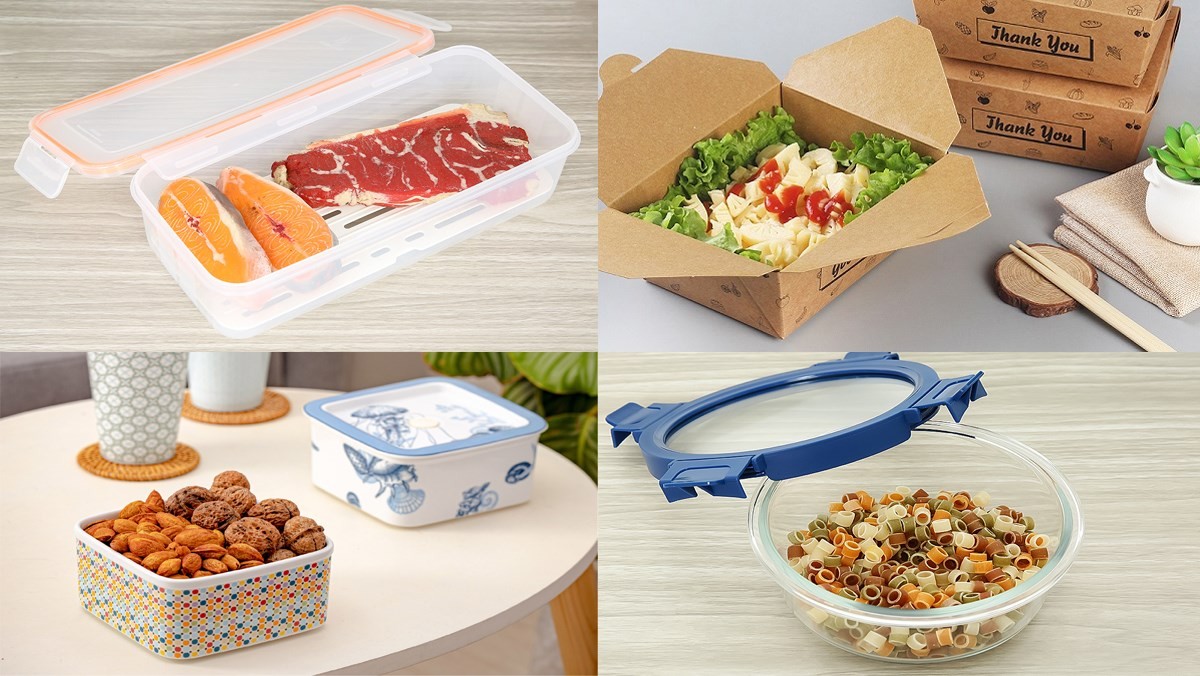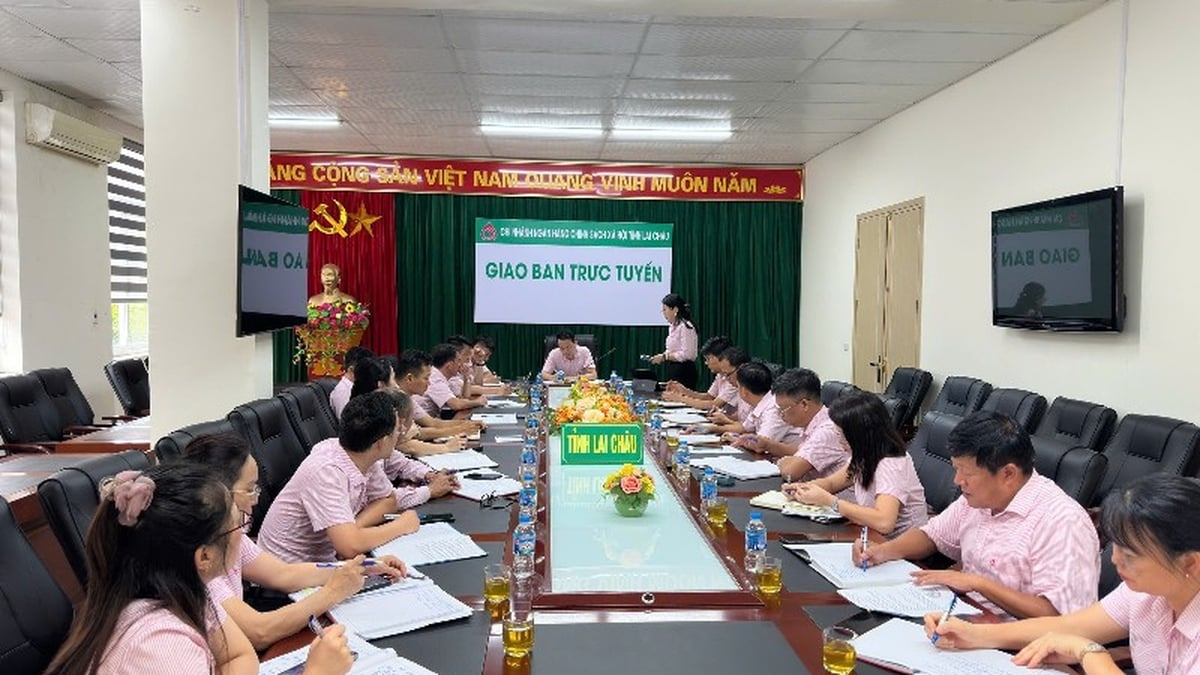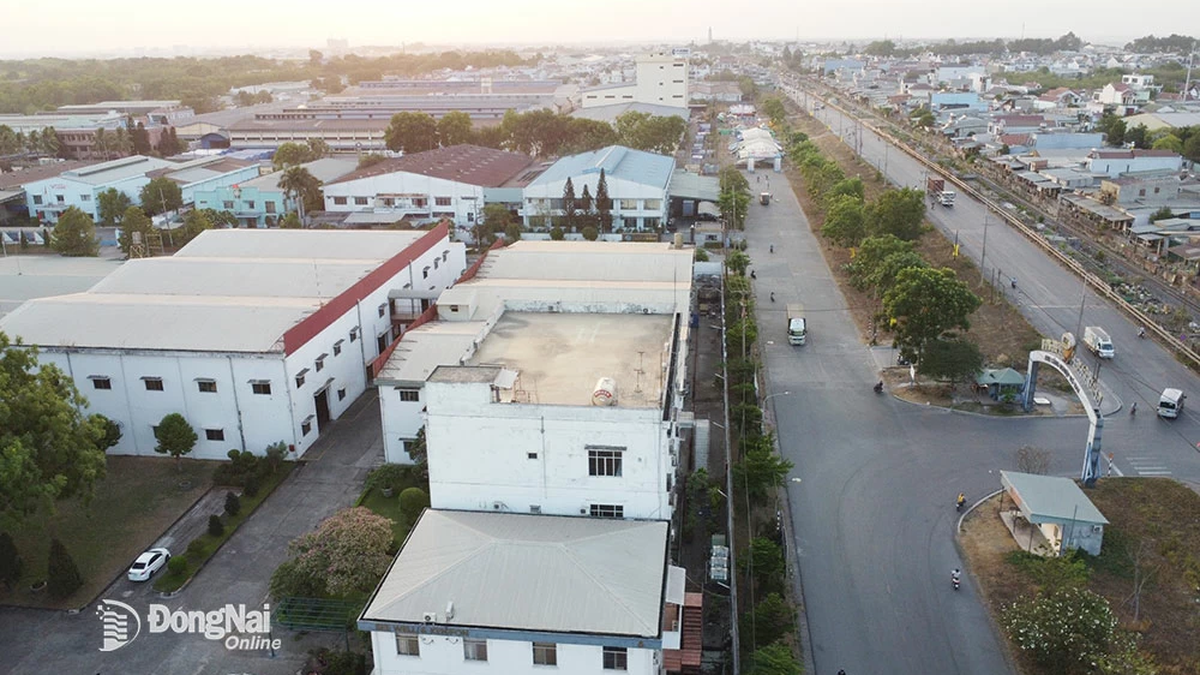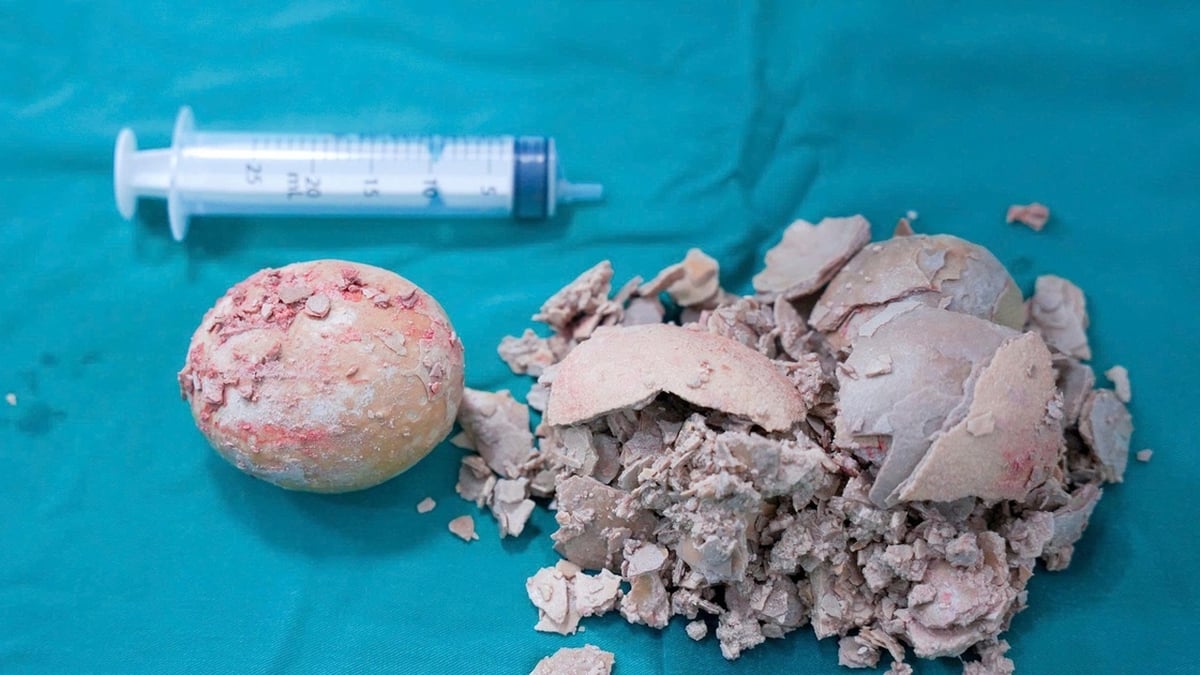There are often some letter symbols on plastic food containers. What is the meaning of the common symbols on plastic food containers? Please read the article below.
 |
Explaining the meaning of common symbols on plastic food containers
The explanation of the meaning of common symbols on plastic food containers is mentioned in the National Technical Regulation QCVN 12-1:2011/BYT on hygiene and safety for synthetic plastic packaging and utensils in direct contact with food issued by the Minister of Health .
- According to QCVN 12-1:2011/BYT, plastic packaging and tools must meet the following general requirements:
Material testing | Try to get rid of the infection. | |||||
Test criteria | Maximum limit | Test criteria | Soaking condition only | Soaking solution only | Maximum limit | |
Lead | 100 µg/g | Heavy metals | 60 o C for 30 minutes (Applicable to tools used at temperatures greater than 100 0 C and soaking conditions are 95 0 C for 30 minutes) | Acetic acid 4% | 1 µg/ml | |
Amount of KMnO4 used (Except for packaging, tools whose main ingredients are Phenol resin, Melamine resin and Urea resin) | Water | 10 µg/ml | ||||
Accordingly, some common symbols on plastic food containers are as follows:
PET plastic: Packaging and tools made from Polyethylene terephthalate (PET) plastic
In addition to the general technical requirements, packaging and tools made from Polyethylene terephthalate (PET) plastic must meet the following requirements:
Try to get rid of the infection. | |||
Test criteria | Soaking condition only | Soaking solution only | Maximum limit |
Antimony | 60 o C for 30 minutes[7] | Acetic acid 4% | 0.05 µg/ml |
German | 0.1 µg/ml | ||
Dry residue | 25 o C for 1 hour | Heptane[3] | 30 µg/ml |
60 o C for 30 minutes | Ethanol 20% [4] | ||
60 o C for 30 minutes[7] | Water[5] | ||
Acetic acid 4%[6] | |||
PVC plastic : Packaging and tools made from Polyvinyl Chloride (PVC) plastic
In addition to general technical requirements, packaging and tools made from Polyvinyl Chloride (PVC) plastic must meet the following requirements:
Material testing | Try to get rid of the infection. | |||||
Test criteria | Maximum limit | Test criteria | Soaking condition only | Soaking solution only | Maximum limit | |
Vinyl chloride | 1µg/g | Dry residue | 25 o C for 1 hour | Heptane[3] | 150 µg/ml | |
60 0 C for 30 minutes | Ethanol 20% [4] | 30 µg/ml | ||||
Cresyl phosphate | 1µg/g | |||||
Dibutyltin compounds | 50µ/g | |||||
60 0 C for 30 minutes | Water[5] | |||||
Acetic acid 4% | ||||||
PE and PP plastic: Packaging and tools from Polyethylene and Polypropylene plastic (PE and PP)
In addition to the general technical requirements, packaging and tools made from Polyethylene and Polypropylene (PE and PP) plastic must meet the following requirements:
Try to get rid of the infection. | |||
Test criteria | Soaking condition only | Soaking solution only | Maximum limit |
Dry residue | 25 o C for 1 hour | Heptane[3] | 30 µg/ml [a] |
60 0 C for 30 minutes | Ethanol 20% [4] | 30 µg/ml | |
60 0 C for 30 minutes[7] | Water[5] | ||
Acetic acid 4%[6] | |||
PS Plastic: Packaging and tools made from Polystyrene (PS) plastic
In addition to the general technical requirements, Polystyrene (PS) plastic tools must meet the following requirements:
Material testing | Try to get rid of the infection. | ||||
Test criteria | Maximum limit | Test criteria | Soaking condition only | Soaking solution only | Maximum limit |
▪Total volatiles (styrene, toluene, ethylbenzene, n-propylbenzene) | 5mg/g | Dry residue | 25 o C for 1 hour | Heptane[3] | 240 µg/ml |
Polystyrene expands (when using boiling water) | 2mg/g | 60 0 C for 30 minutes | Ethanol 20% [4] | 30 µg/ml | |
60 0 C for 30 minutes[7] | Water[5] | ||||
Styrene and Ethybenzene | 1mg/g | Acetic acid 4%[6] | |||
PA Plastic: Packaging and tools made from Nylon plastic (PA)
In addition to general technical requirements, nylon plastic packaging and tools must meet the following requirements:
Try to get rid of the infection. | |||
Test criteria | Soaking condition only | Soaking solution only | Maximum limit |
Caprolactam | 60 0 C for 30 minutes | Ethanol 20% | 15 µg/ml |
Dry residue | 25 o C for 1 hour | Heptane [3] | 30 µg/ml |
60 0 C for 30 minutes | Ethanol 20% [4] | ||
60 0 C for 30 minutes [7] | Water [5] | ||
Acetic acid 4% [6] | |||
PMP Plastic: Packaging and tools made from Polymethyl Penten (PMP) plastic
In addition to general technical requirements, packaging and tools made from Polymethyl Penten (PMP) plastic must meet the following requirements:
Try to get rid of the infection. | |||
Test criteria | Soaking condition only | Soaking solution only | Maximum limit |
Dry residue | 25 o C for 1 hour | Heptane [3] | 120 µg/ml |
60 0 C for 30 minutes | Ethanol 20% [4] | 30 µg/ml | |
60 0 C for 30 minutes [7] | Water [5] | ||
Acetic acid 4% [6] | |||
Note
[1] Except for packaging, the main components of the tool are Phenol resin, Melamine resin and Urea resin.
[2] Applicable to cooking utensils and tableware.
[3] Applicable to packaging, containers for fats, cooking oils and foods containing fats.
[4] Applicable to packaging and containers of alcoholic beverages.
[5] Applicable to packaging and food containers with a pH greater than 5.
[6] Applicable to packaging and food containers with a pH less than or equal to 5.
[7] Applicable to tools used at temperatures greater than 1000C and the soaking condition is 950C for 30 minutes.
[8] Not included in packaging or plastic utensils intended for use by children.
Source




















































![[Maritime News] More than 80% of global container shipping capacity is in the hands of MSC and major shipping alliances](https://vphoto.vietnam.vn/thumb/402x226/vietnam/resource/IMAGE/2025/7/16/6b4d586c984b4cbf8c5680352b9eaeb0)













































Comment (0)